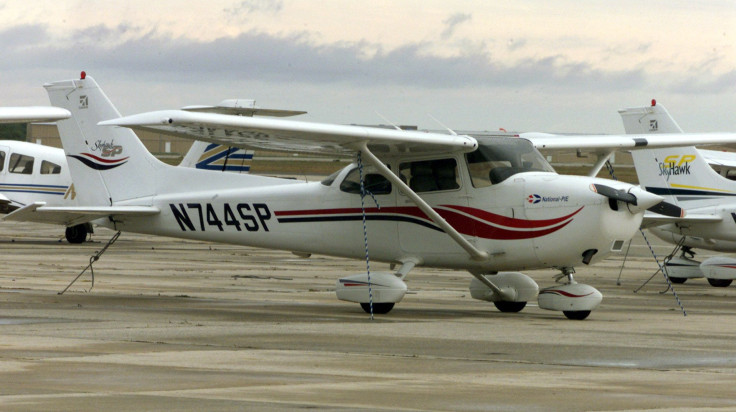Baltimore Not Alone In Use Of Surveillance Planes As Police Increasingly Spy From The Sky

The new reports that federal police are using small white airplanes to track potentially thousands of people after the Baltimore riots have residents on edge. Privacy watchdogs say police across the country are likely using similar tactics, unbeknown to the public.
Baltimore residents, with help from the American Civil Liberties Union (ACLU), identified two Cessna planes continuously buzzing over the area in West Baltimore where protests had turned violent not long before. An unnamed government official told the Washington Post Tuesday the FBI provided aerial support after Baltimore police requested help in their investigation of the riots, and that the planes “used infrared technology to monitor movements of people in the vicinity.”
That’s all the public knows about this case, but it’s just the latest example of law enforcement using a new method called persistent surveillance strategy, which focuses on a specific area for an extended period. Privacy advocates are nervous that the planes are recording the movements and collecting information from cell phones of thousands of people below. Maybe it shouldn’t be such a surprise. After all, it’s happened before.
“What we used to see is that a plane or helicopter would fly over an area and go on its way, but what we see now is planes staying in an area for a longer period of time and focusing on specific blocks,” said Jennifer Lynch, a senior staff attorney at the Electronic Frontier Foundation who focuses on surveillance and privacy. “They’re using sophisticated surveillance cameras that can monitor cars and watch people in very fine detail. It also has the chance of collecting location information, which gives them a much fuller picture of a person’s activity than if you had a single data point.”
The Los Angeles Sheriff’s Department used a single-engine Cessna to secretly photograph every corner of Compton, the 10.1-square-mile city south of LA. Officials captured images of minor car accidents, robberies and a shooting, according to the Los Angeles Times, all without telling city lawmakers or the mayor.
Then there was the U.S. military’s launch of a billion-dollar blimp over Washington meant to detect threats that could harm the capital. Built by Raytheon, the blimp was equipped with equipment that makes it possible for the operators to watch vehicles from miles away.
Before that, the city of Lancaster, California, voted for constant video surveillance from a $100,000 Cessna equipped with an infrared camera that could track cars and identify people at night. That tactic was controversial but came as the result of a ballot, whereas the planes flying over Baltimore and Compton were on secret missions.
“Hopefully, we can at least get a picture of what kind of data is being collected,” Lynch said. “It does worry me that we don’t know what was happening in Baltimore, because I think it has a good chance of happening in other cities.”
If it wasn’t a camera, it might have been a DRTbox, or dirtbox. Existence of the surveillance device was revealed by the Wall Street Journal only in November, and little is known other than it acts as a kind of airborne cell site simulator.
Police airplanes equipped with dirtboxes are able to mimic cell towers on the ground, tricking phones in the area into connecting with the dirtbox. From there police can obtain vast amounts of information about potentially thousands of individuals -- including their call history, most frequently dialed numbers, text message metadata, possibly even snippets of their phone conversation.
“Dirtboxes are definitely a possibility,” said Jay Stanley, a senior policy analyst at the ACLU. “‘The truth of it is we don’t know. There have been reports of planes circling over cities, but we need more information.”
© Copyright IBTimes 2024. All rights reserved.



















